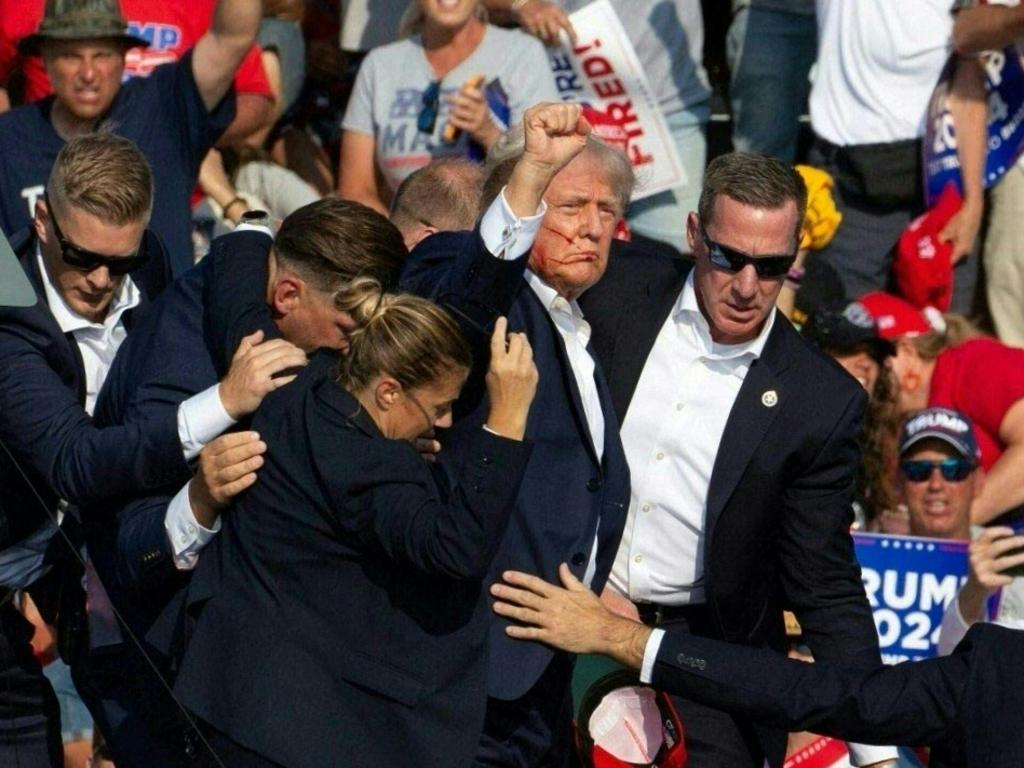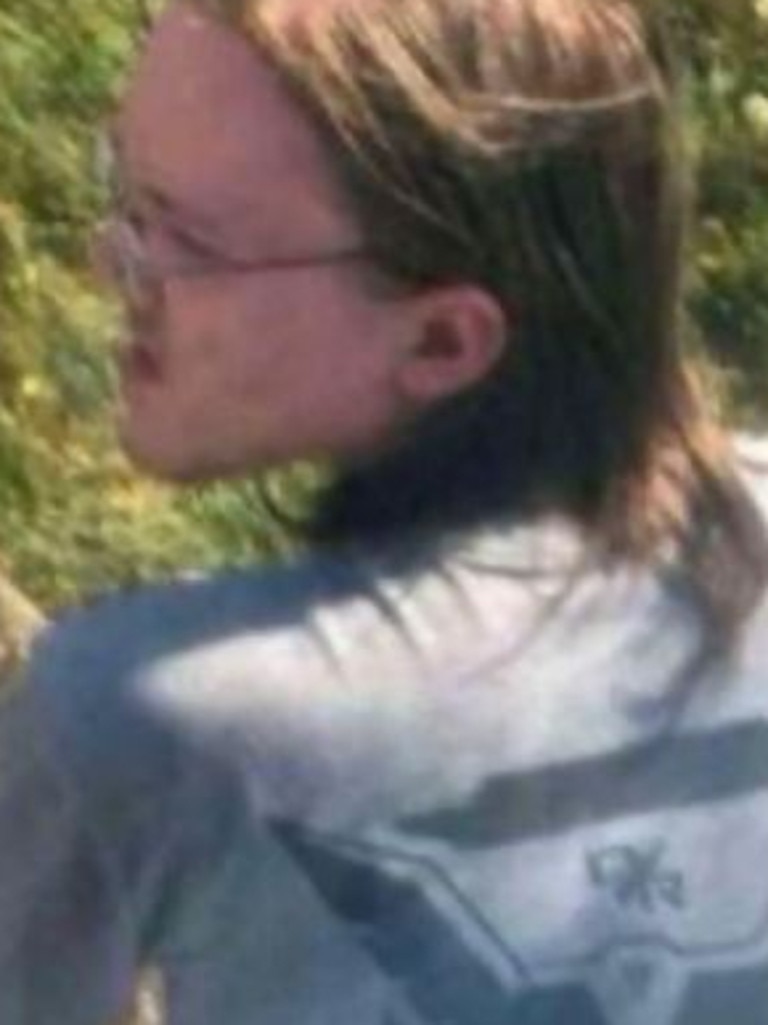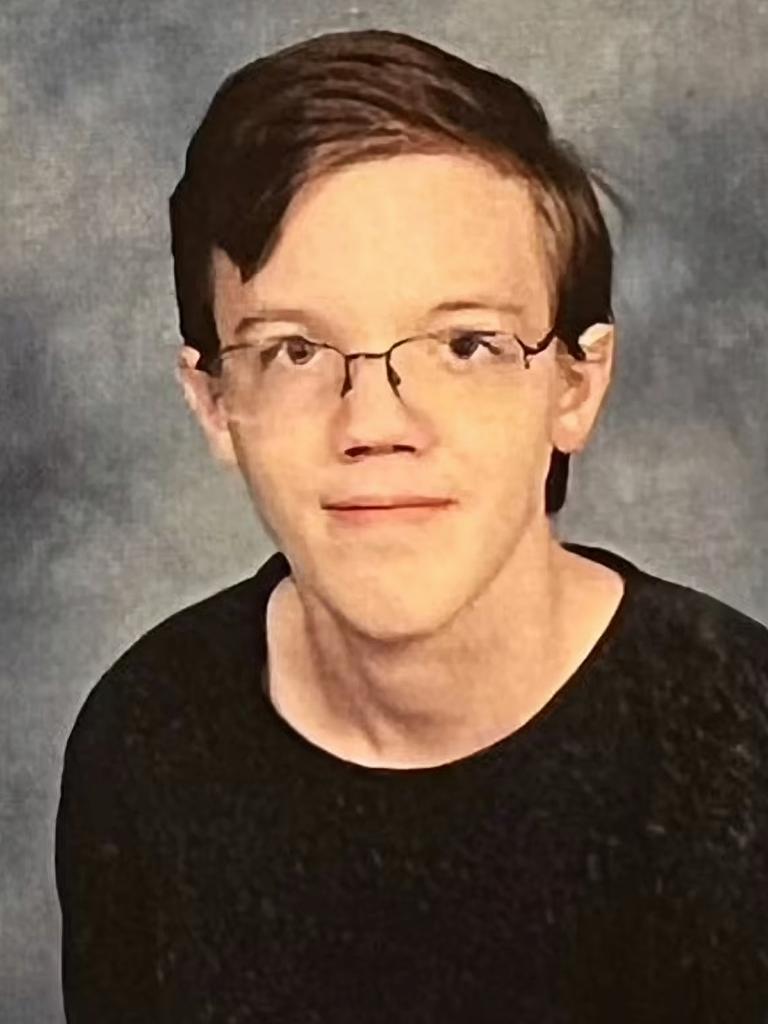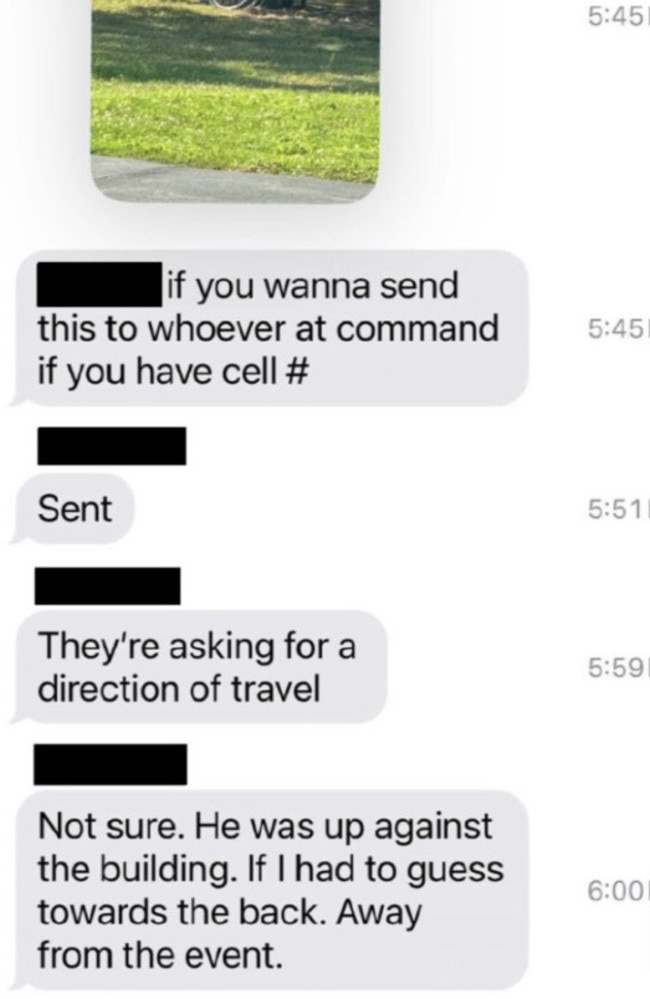‘We lost sight of him’: New details about Donald Trump’s assassination attempt
Previously unreleased police radio transmissions have revealed they “lost sight” of his would-be assassin before the attack.
Police “lost sight” of Donald Trump’s would-be assassin in the time between first identifying him as a suspicious person and him shooting at the former president, a bombshell new report has revealed.
A transcript of the officers’ radio transmissions, obtained by The Washington Post, expose the mass breakdown in communications on July 13 which allowed for Thomas Matthew Crooks to open fire at the rally in Butler, Pennsylvania. Crooks struck Mr Trump in the ear, killed one attendee, and critically-injured two others before he was shot and killed himself.
According to the new recording, law enforcement agencies misplaced Crooks for 20 minutes after he was first spotted by a local countersniper, who left a message with a communications hub at 5.42pm.
“Just an FYI, we had a younger white male, long hair, lurking around the AGR building,” the message said.
“He was viewed with a rangefinder sighting the stage … We lost sight of him.”
After officers lost track of Crooks he wasn’t seen again for 20 minutes, the transcript showed.



Nobody from the Secret Service was there to hear the message, The Post reported, because it had its own mobile command post “almost 300 yards away” (275 metres) and “had no direct, open communication line to the local police hub”.
This meant that the countersniper’s message and other communications – including photos of Crooks – had to be relayed by mobile phone, which was further hindered by poor reception in the area.
“Your picture is probably not going to go through because I don’t have any service,” one deputy officer radioed at around 5.47pm.
“The lack of direct communication link would later hamper the ability of the Secret Service to quickly grasp the threat posed by would-be assassin Thomas Matthew Crooks as local police searched for him over the next 29 minutes, resulting in the federal agency’s gravest security lapse in decades,” The Post report read.
By 5.49pm, the officers had lost sight of him.
“Our sierra units lost visual of him,” Sergeant Ed Lenz told traffic-control officers.
“I believe you guys are outside of that fence, if you come upon him.”
Crooks was spotted again at 6.02pm, but the same countersniper who first saw him said he was headed in the opposite direction than he actually was.

A local officer radioed that someone was “on the roof” of the warehouse where Crooks went on to fire from at 6.08pm.
At 6.09pm, another officer said they had a “good view” of Crooks on the roof.
“He’s got a long gun,” a different officer said at 6.11pm.
Seconds later, Crooks fired his first shots at the crowd.

In the weeks since the attack, agencies including the Secret Service have faced intense scrutiny over how the events unfolded, ultimately prompting Kimberly Cheatle to resign as director of the federal agency.
A report by The New York Times on Friday revealed the Secret Service also turned down offers to use a surveillance drone, and didn’t bring a system “to boost the agents’ device signals in an area with poor cellular service”.
“The result was that a 20-year-old gunman had a technological advantage over a $3 billion federal agency,” The Times said.
Acting Secret Service director, Ronald Rowe Jr, told a Senate hearing last week that agents’ failure to properly use the tools that could’ve stopped Crooks “has cost me a lot of sleep”.
“It is something that I have struggled with to understand,” Mr Rowe testified, “and I have no – I have no explanation for it.”






